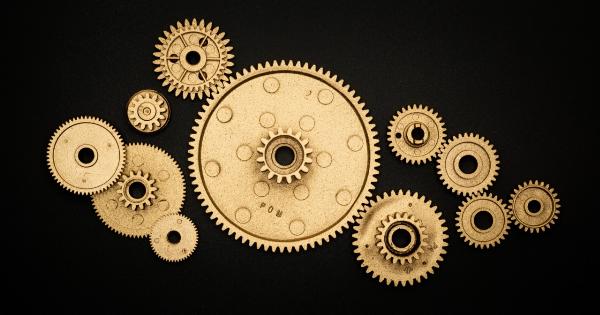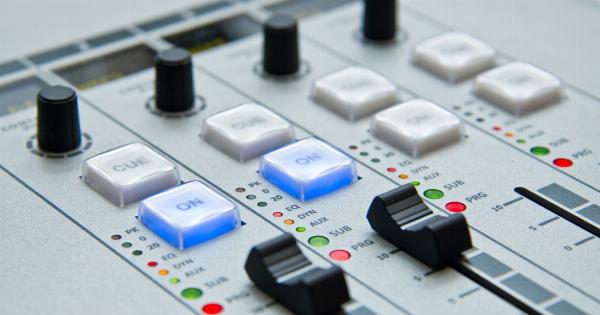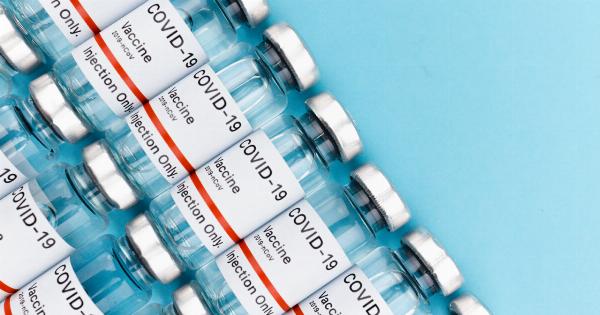Heart failure is a debilitating condition that affects millions of people globally.
The heart becomes weak or stiff and is unable to pump blood efficiently, leading to various symptoms such as fatigue, shortness of breath, and swelling in the legs, feet, and abdomen. Treatment options for heart failure include medications, lifestyle changes, and surgery. However, these treatments may not be effective for all patients, and some may require heart transplantation.
Recently, a new technology has emerged that shows promise in reversing heart failure, known as the cardiac regenerative therapy.
This therapy involves the use of stem cells, which have the ability to develop into different types of cells in the body and promote tissue repair and regeneration. In this article, we will discuss the science behind cardiac regenerative therapy and how it may revolutionize the treatment of heart failure.
Understanding Heart Failure and its Causes
The heart is a muscular organ that pumps blood to various parts of the body. It is made up of four chambers: the left and right atria at the top, and the left and right ventricles at the bottom.
The left ventricle is the most powerful chamber and is responsible for pumping oxygen-rich blood to the rest of the body.
Heart failure occurs when the heart is unable to pump blood efficiently, leading to a buildup of fluid in the lungs, liver, and other organs. There are two types of heart failure: systolic and diastolic.
Systolic heart failure occurs when the left ventricle is weakened and cannot contract properly, reducing its ability to pump blood out of the heart.
This type of heart failure is often caused by a heart attack, high blood pressure, or a disease of the heart muscle called cardiomyopathy.
Diastolic heart failure occurs when the left ventricle becomes stiff and cannot relax properly, reducing its ability to fill with blood. This type of heart failure is often caused by high blood pressure, diabetes, or aortic stenosis.
The Science Behind Cardiac Regenerative Therapy
Cardiac regenerative therapy involves the use of stem cells to repair and regenerate damaged heart tissue.
Stem cells are immature cells that have the ability to develop into different types of cells in the body, such as heart muscle cells, blood vessels, and connective tissue.
One type of stem cell used in cardiac regenerative therapy is the mesenchymal stem cell.
These stem cells are found in bone marrow, fat tissue, and other parts of the body and have been shown to promote tissue repair and regeneration in various animal models of heart failure.
When mesenchymal stem cells are injected into the heart, they release various growth factors and cytokines that stimulate the growth of new blood vessels and heart muscle cells.
They also reduce inflammation in the heart and prevent further damage to the heart tissue.
Another type of stem cell used in cardiac regenerative therapy is the induced pluripotent stem cell (iPSC). These stem cells are created by reprogramming adult cells such as skin cells or blood cells to become stem cells.
They can then be directed to develop into heart muscle cells or other types of cells needed for heart repair and regeneration.
Cardiac regenerative therapy may also involve the use of gene therapy, which involves introducing genes into the heart to stimulate the growth of new blood vessels and heart muscle cells.
Gene therapy may also prevent the death of heart muscle cells and promote their regeneration.
Benefits and Risks of Cardiac Regenerative Therapy
Cardiac regenerative therapy holds promise in reversing heart failure and improving the quality of life of patients.
In various animal models of heart failure, stem cell therapy has been shown to improve heart function, reduce scar tissue, and stimulate the growth of new blood vessels and heart muscle cells.
Clinical trials in humans have also shown promising results. In a small study of heart failure patients who received mesenchymal stem cell therapy, the patients experienced an improvement in heart function and a reduction in heart size.
In another study, heart failure patients who received iPSC-derived heart muscle cells showed an improvement in symptoms and quality of life.
However, as with any medical treatment, there are also risks associated with cardiac regenerative therapy. One of the main risks is the potential for the stem cells to form tumors or differentiate into unwanted cell types.
There is also a risk of infection, bleeding, and allergic reactions from the injection site.
The Future of Cardiac Regenerative Therapy
The use of cardiac regenerative therapy is still in its early stages, and more research is needed to determine its safety and efficacy. However, the potential benefits of this therapy for heart failure patients are promising.
In the future, it may be possible to use a patient’s own cells for cardiac regenerative therapy, reducing the risk of rejection and other complications.
It may also be possible to combine stem cell therapy with other treatments such as gene therapy or small molecule drugs that target specific pathways involved in heart repair and regeneration.
Cardiac regenerative therapy may also be used to treat other conditions such as coronary artery disease, myocardial infarction, and arrhythmias.
It may also be used in conjunction with other therapies such as cardiac rehabilitation and lifestyle changes to further improve heart function and reduce the risk of heart failure.
Conclusion
Cardiac regenerative therapy is a new technology that shows promise in reversing heart failure. Stem cells have the potential to repair and regenerate damaged heart tissue, promoting the growth of new blood vessels and heart muscle cells.
While still in its early stages, clinical trials have shown promising results in improving heart function and reducing symptoms in heart failure patients.
While cardiac regenerative therapy may not be suitable for all patients, it provides a new avenue for treatment for those who are not responding to traditional therapies.
With further research, it may become a standard treatment for heart failure and other heart conditions in the future.

























